Your cart is currently empty!
Pediatric Foot Development: Barefoot vs. Shod Impact
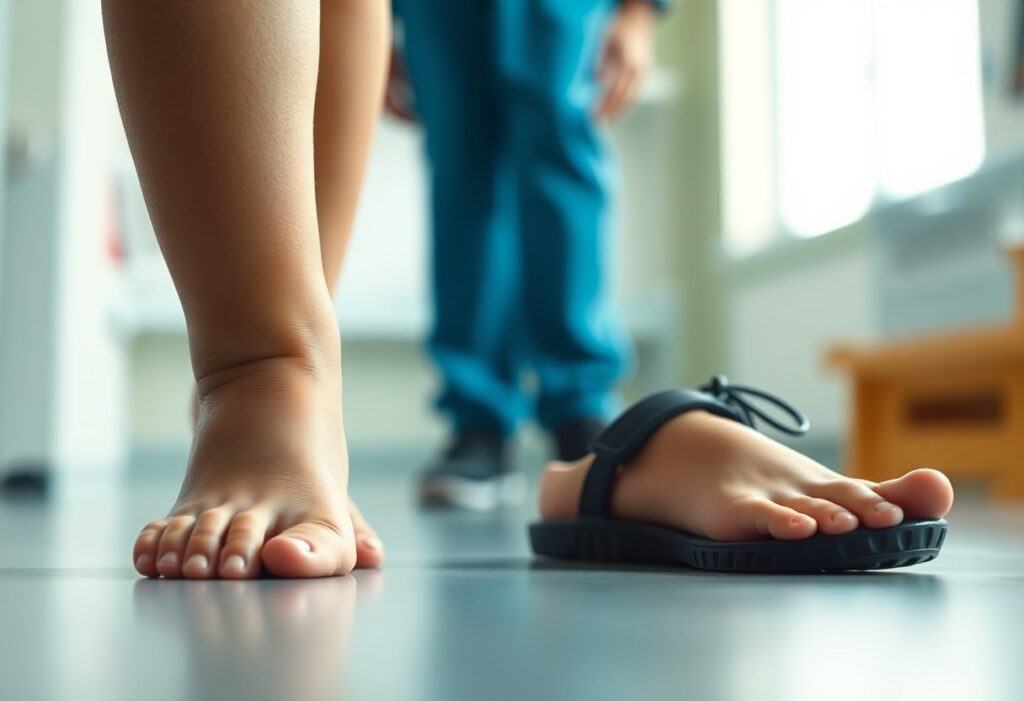

Welcome to an enlightening exploration of the intricate journey of your child’s foot development. Gaining insight into this process uncovers how barefoot living can yield exceptional benefits for their growth. You may find it surprising to learn that the footwear your child wears has a profound impact on their foot arch structure and walking patterns. Extensive research indicates that minimalist shoes and barefoot experiences can significantly enhance the natural functionality of the foot, potentially reducing the risk of future musculoskeletal issues. By examining the intricate connection between footwear and pediatric foot development, you can make informed choices that foster your child’s biomechanical health and overall physical wellness.
As we continue, we will delve deeper into the essential elements of this topic:
Exploring How Footwear Choices Shape Pediatric Foot Development
The selection of footwear for your child is crucial in determining their foot shape and biomechanical growth. The choice of shoes directly influences arch development, toe positioning, and the overall anatomy of the foot. Studies reveal that ill-fitting shoes can lead to chronic musculoskeletal problems, with concerning statistics showing that 59% of children face fit-related challenges with typical footwear. On the other hand, minimalist and barefoot-inspired styles offer promising alternatives that nurture natural foot mechanics and support healthy growth trajectories.
Discovering the Advantages of Barefoot Conditions for Arch Development
Engaging in barefoot activities significantly fosters natural arch formation by allowing free muscle engagement. Research demonstrates that children who spend greater amounts of time barefoot or in minimalist footwear show an impressive 23% increase in arch height compared to peers who consistently wear traditional shoes. Additionally, studies utilizing dynamic pressure mapping indicate a 31% decrease in midfoot pressure, substantially lowering the risk of pediatric flatfoot while promoting optimal muscle use during movement.
Examining Hallux Valgus: The Link Between Footwear and Toe Misalignment
Wearing narrow and restrictive shoes can severely compress toe alignment, thereby increasing the risk of hallux valgus significantly. Research shows that about 75.5% of preschool children in ill-fitting shoes display lateral toe deviations beyond 10 degrees. In contrast, studies of barefoot populations reveal hallux angles that are 37% smaller, highlighting the importance of allowing free toe movement to prevent misalignment and maintain healthy foot function.
Understanding the Progression of Hallux Valgus
Prolonged periods of shoe-induced toe compression lead to a cascade of biomechanical challenges impacting foot health. Narrow toe boxes force lateral toe deviations, gradually altering the shape of the metatarsophalangeal joints and threatening the natural structure of the foot. Long-term studies indicate that children wearing shoes with a toe box width of less than 15mm experience an accelerated development of hallux valgus. Conversely, minimalist shoes designed with wider toe boxes can reduce the emergence of valgus angles by up to 29% over the course of a year, presenting a proactive approach to preventing structural foot deformities.
As we progress, let’s explore the intricacies of shoe design:
Unifying Tradition and Innovation in Shoe Design
Modern shoe design exemplifies a sophisticated integration of biomechanical engineering, anthropometric analysis, and cultural influences. The evolution of footwear involves advanced material sciences and ergonomic design principles that challenge traditional manufacturing methodologies. Researchers are now employing 3D scanning, pressure mapping, and finite element analysis to create shoes that dynamically adapt to human movement patterns, moving beyond static designs.
The Surge of Minimalist Footwear: Advocating for Natural Movement
Minimalist shoe designs emphasize biomechanical authenticity over purely aesthetic elements. These shoes mimic barefoot mechanics by offering minimal cushioning, a zero heel-to-toe drop, and flexible materials that promote natural foot movement. Consequently, your child’s intrinsic muscles are activated more fully, enhancing proprioceptive feedback and fostering efficient movement patterns aligned with evolutionary biomechanical principles.
The Hidden Dangers of Conventional Footwear: Balancing Aesthetics and Function
Traditional shoe designs often jeopardize foot health by prioritizing appearance over functional requirements. Narrow toe boxes, rigid soles, and excessive cushioning disrupt the natural mechanics of the foot. This constriction can lead to long-term adaptations within the musculoskeletal system that negatively influence gait, balance, and overall lower limb function.
Conventional shoes pose considerable developmental challenges by consistently constraining natural foot movement. Narrow toe boxes compress digital structures, heightening the risk of hallux valgus and restricting toe splay capabilities. Moreover, rigid soles impede proprioceptive sensory feedback, which may lead to compensatory movement patterns. Prolonged use can weaken intrinsic foot muscles, with studies suggesting a decrease of up to 37% in muscle activation among children who wear shoes regularly. Decorative features, including unnecessary arch supports and embellishments, often conflict with optimal biomechanical requirements, transforming footwear from protective equipment into potential developmental hindrances.
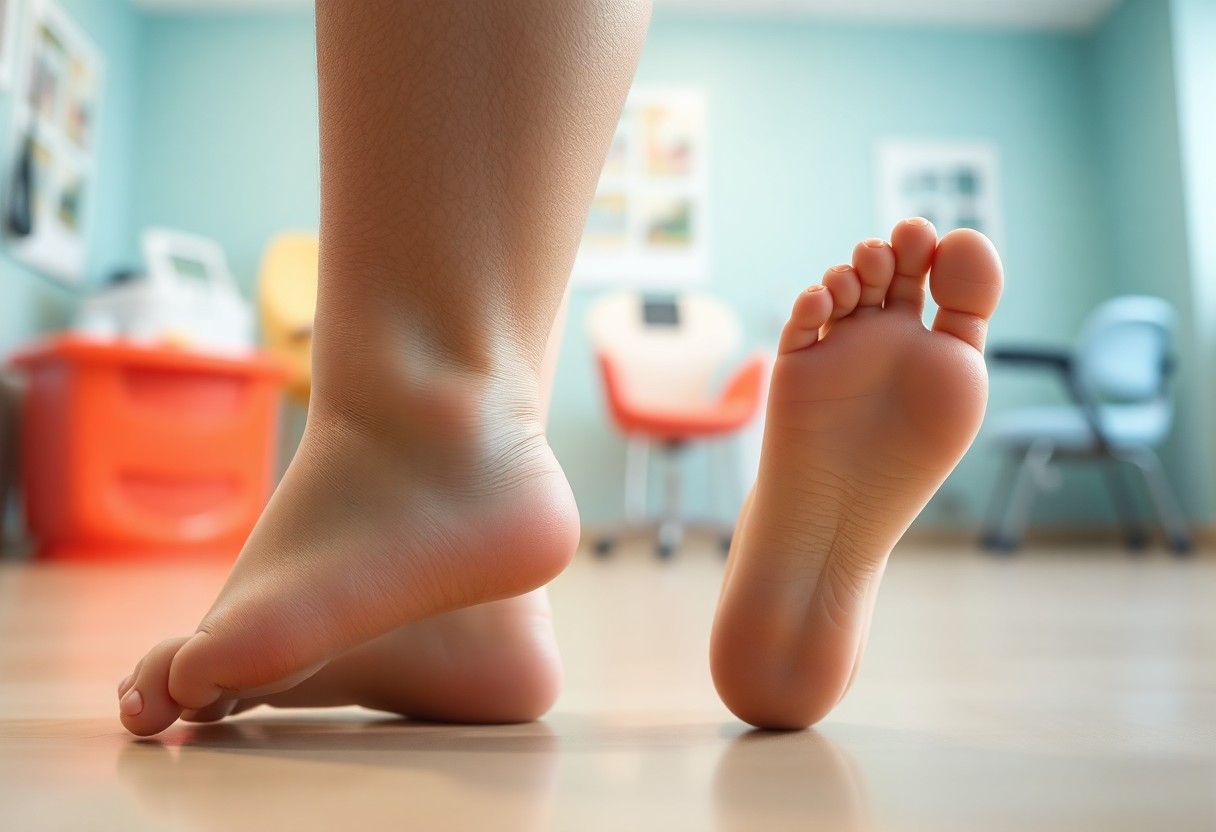 Continuing our investigation into pediatric footwear:
Continuing our investigation into pediatric footwear:
Navigating the Pediatric Footwear Landscape for Optimal Choices
Selecting appropriate pediatric footwear involves a careful approach that balances biomechanical growth, safety considerations, and individual needs. Recent studies illustrate that shoe design profoundly affects foot morphology, with material selection, structural support, and flexibility playing crucial roles in developmental outcomes. Manufacturers are increasingly integrating advanced biomechanical knowledge into their designs, utilizing materials and principles that promote natural foot mechanics while addressing the unique mobility challenges encountered by children.
Diabetic Footwear: Tailoring Solutions for Specialized Care
Diabetic foot care requires specialized footwear solutions aimed at relieving pressure points and preventing ulcerations. Innovative materials like microcellular rubber and custom-molded insoles effectively redistribute plantar forces, lowering the risk of neuropathic injuries. Modern designs now incorporate moisture-wicking fabrics, antimicrobial treatments, and pressure-mapping technologies to create a safe environment for vulnerable feet.
Balancing Safety and Style in Children’s Footwear Design
Contemporary designs in pediatric footwear successfully merge safety features with aesthetic appeal, challenging the traditional trade-off between protection and visual attractiveness. Lightweight and flexible materials allow for the production of shoes that support natural foot development while maintaining a modern design aesthetic. Manufacturers are utilizing advanced polymer technologies and ergonomic modeling to create footwear that satisfies both functional needs and stylistic preferences.
Adopting a Holistic Perspective on Children’s Footwear Design
Creating effective children’s footwear necessitates a multidisciplinary approach that unites podiatric research, material science, and developmental psychology. Biomechanical investigations highlight that shoe flexibility, toe box width, and sole composition significantly affect muscle development and proprioceptive feedback. Advanced computational modeling enables designers to simulate foot mechanics, crafting shoes that adapt to growing feet while minimizing potential developmental disruptions. Innovative brands are collaborating with pediatric orthopedic specialists to produce footwear that supports natural foot shapes, incorporating features such as adjustable widths, breathable materials, and dynamic support systems.
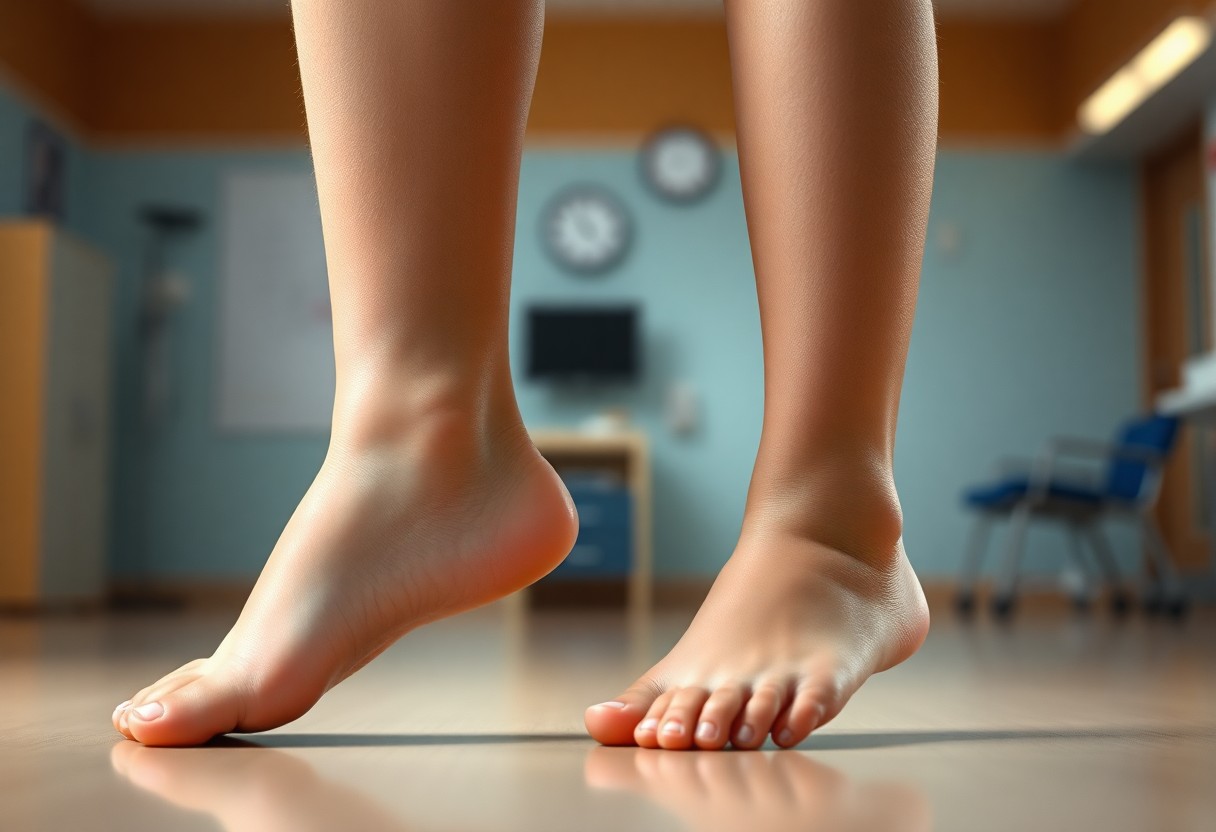 Continuing with effective strategies for pediatric footwear:
Continuing with effective strategies for pediatric footwear:
Implementing Effective Strategies for a Healthy Transition to Natural Footwear
Successfully navigating the complexities of pediatric foot development necessitates a thoughtful approach that harmonizes biomechanical insights with practical strategies for implementation. Gradual adaptation protocols provide scientifically validated pathways for transitioning children from conventional shoes to more natural movement practices. By systematically introducing children to minimalist footwear and barefoot experiences, parents and healthcare providers can significantly reduce potential risks while promoting optimal muscle development and proprioceptive engagement.
Implementing Incremental Adaptation for Optimal Foot Health
Transitioning your child’s footwear requires a structured methodology that respects individual growth trajectories. Incremental exposure strategies advocate for gradually increasing the duration of barefoot or minimalist shoe usage, starting with short 30-minute intervals and progressively extending to all-day wear. Complementary exercises aimed at strengthening intrinsic foot muscles, such as toe-spreading activities and balance challenges, can significantly enhance neuromuscular adaptation and support natural arch development.
Addressing Cultural Barriers and Socioeconomic Factors in Footwear Choices
The adoption of minimalist footwear frequently encounters significant cultural and economic barriers, with urban populations displaying a 42% lower implementation rate compared to their rural counterparts. Aesthetic preferences and traditional shoe designs create considerable resistance to adopting alternative foot development strategies, limiting the widespread acceptance of evidence-based interventions.
Socioeconomic factors greatly influence pediatric foot health interventions, with lower-income communities facing limited access to specialized footwear and biomechanical education. Multilingual educational campaigns targeting diverse demographic groups have yielded promising results, enhancing parental understanding and compliance by 58%. Complex challenges to optimal foot development strategies arise from cultural shoe traditions, economic limitations, and restricted healthcare access. Research indicates that culturally sensitive, comprehensive approaches addressing economic disparities and traditional beliefs can significantly improve the effectiveness of interventions across varying socioeconomic landscapes.
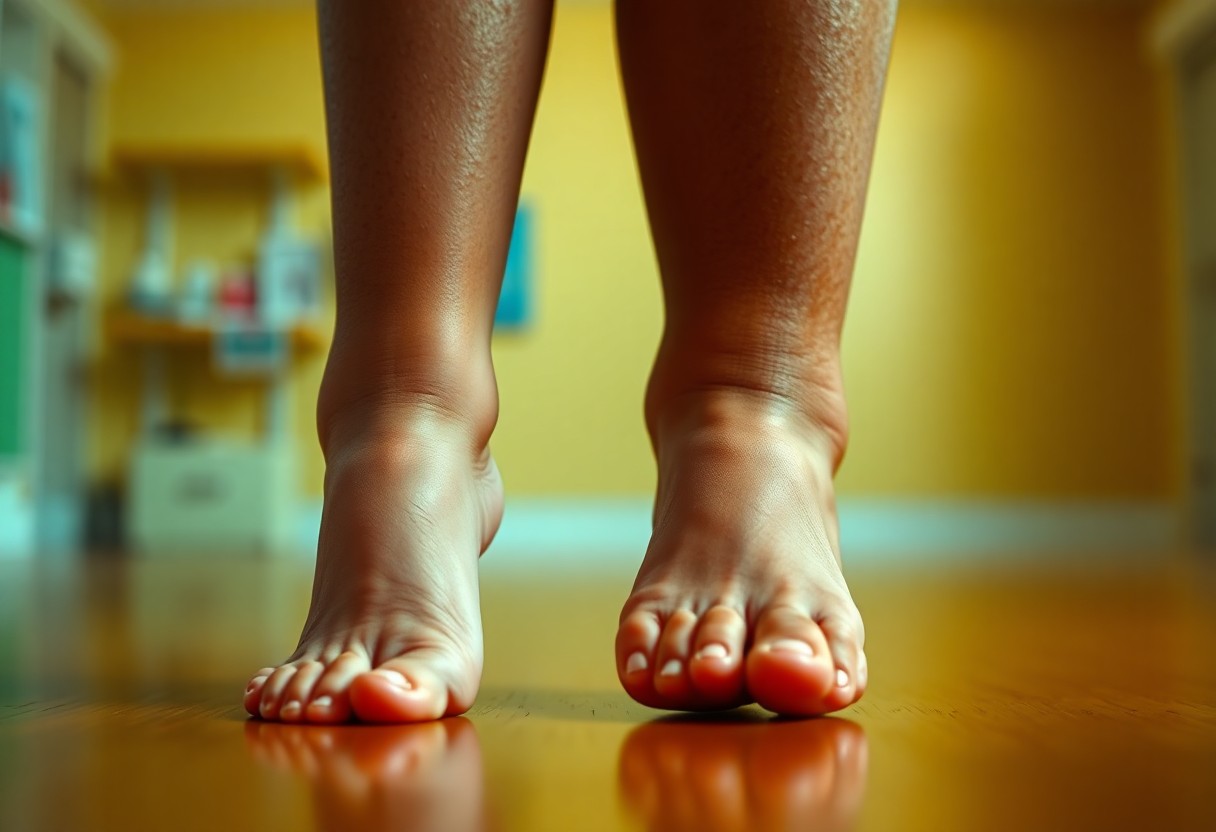 Continuing our exploration of future directions in pediatric foot health:
Continuing our exploration of future directions in pediatric foot health:
Envisioning Future Innovations in Pediatric Orthopedics
Emerging trends in research related to pediatric foot development call for interdisciplinary collaboration, merging biomechanical insights, material science advancements, and cutting-edge imaging technologies. Precision orthopedic interventions are anticipated to utilize machine learning algorithms to predict individual foot morphology progression, enabling personalized footwear recommendations that optimize developmental outcomes and mitigate potential musculoskeletal complications.
Advocating for Policy Reforms to Enhance Footwear Standards
The current regulatory standards fail to adequately address the biomechanical requirements of pediatric foot development, with existing shoe regulations overlooking dynamic growth considerations. Comprehensive policy reform is crucial to enforce flexible sole technologies, precise sizing protocols, and anthropometric measurements that account for individual growth variations, ensuring that footwear supports natural foot structure during vital growth periods.
Conducting Longitudinal Studies to Evaluate Foot Development Outcomes
Long-term systematic research is essential, necessitating multi-decade tracking of cohorts subjected to various footwear interventions. Standardized assessment protocols will empower researchers to correlate childhood foot mechanics with adult musculoskeletal health, yielding invaluable insights into developmental pathways and potential preventative measures.
Designing Comprehensive Longitudinal Research Methodologies
Robust longitudinal studies necessitate meticulous methodological strategies, including prospective cohort designs featuring a minimum of 15 years of follow-up. Researchers must employ advanced imaging technologies such as 3D foot scans, dynamic gait assessments, and genetic profiling to capture intricate developmental patterns. Multidisciplinary teams comprising podiatrists, biomechanical engineers, and orthopedic specialists will collaborate to create comprehensive assessment frameworks, examining aspects such as arch morphology, muscle activation patterns, and long-term musculoskeletal implications across diverse pediatric demographics.
To summarize our discussion:
Essential Insights on Pediatric Foot Development
Reflecting on the development of pediatric feet, it is clear that barefoot conditions offer substantial advantages for both arch formation and gait characteristics. Your understanding of how minimalist footwear can positively affect foot mechanics has expanded, revealing the intricate links between shoe design and natural foot growth. By prioritizing unrestricted foot movement and grasping the complexities of biomechanics, you can make educated decisions that advocate for healthy pediatric foot development and lasting musculoskeletal health.
The Article Pediatric Foot Development in Barefoot and Shod Conditions: Longitudinal Impacts on Arch Morphology and Gait Patterns first appeared on My Shoes Finder
The Article Pediatric Foot Development: Effects of Barefoot vs. Shod Conditions Was Found On https://limitsofstrategy.com




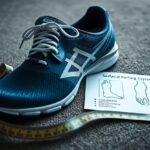

Leave a Reply